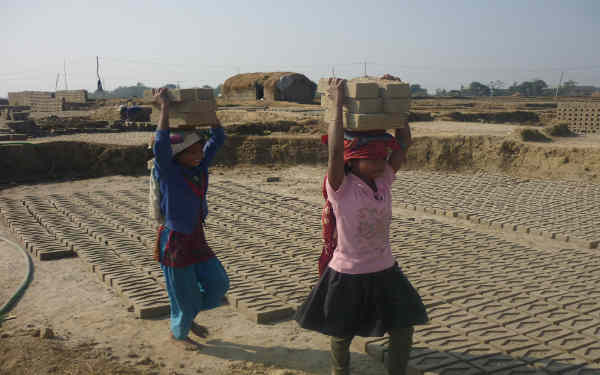The Child Labour (Prohibition & Regulation) Act, 1986 (CLPR Act) prohibits and regulates employment of a child in various fields. In as many as 18 occupations and 65 processes, employment of a child is prohibited. In other occupations / processes, the conditions of working of children is regulated by the said Act. This Act provides punishment for the offence of employing or permitting employment of any child in contravention of the provisions of the Act. As per this Act, a “child” means any person who has not completed 14 years of age. Thus, employment of child is prohibited in certain occupations / processes, while it is not prohibited in other occupations/processes though it is regulated.

At the same time, the Right of Children to Free and Compulsory Education Act, 2009, mandates the State to ensure free and compulsory education to all children in the age group of 6 to 14 years. Thus, there is some conflict between the provisions of the aforesaid two laws, since if a child is working, he would miss the school during that time. Moreover, the International Labour Organisation (ILO) Conventions 138 and 182 provide for minimum age of entry into employment and prohibition of employment of persons below 18 years in certain unhealthy, unsafe / hazardous and immoral work areas.
In view of these reasons, today (13 May 2015), the Union Cabinet has approved certain official amendments to the Child Labour (Prohibition & Regulation) Amendment Bill, 2012, which is yet to be passed by the Parliament. These newly proposed amendments along with the aforesaid Amendment Bill 2012 would make following six changes to the Child Labour (Prohibition & Regulation) Act, 1986, if they are approved by the Parliament:
1. Employment of children below 14 years will be prohibited in all occupations and processes and the age of prohibition of employment will be linked to age under Right of Children to Free and Compulsory Education Act, 2009. However, a child would be allowed to be employed in the following two exceptional circumstances:
a) where the child helps his family or family enterprises, which is other than any hazardous occupations or processes set forth in the Schedule to the said Act, after his school hours or during vacations;
b) where the child works as an artist in an audio-visual entertainment industry, including advertisement, films, television serials or any such other entertainment or sports activities except the circus, subject to such conditions and safety measures, as may be prescribed and provided that such work does not affect the school education of the child.
These changes have been suggested in view of the fact that in a large number of families, children help their parents in their occupations like agriculture, artisanship etc. and while helping the parents, children also learn the basics of occupations. Likewise, an exception has been made for a child working as an artist in an audio-visual entertainment industry, except the circus, provided that the school education of the child is not affected.
2. A new definition of “adolescent” has been introduced in the aforesaid Child Labour (Prohibition & Regulation) Act and employment of adolescents (14 to 18 years of age) has been prohibited in hazardous occupations and processes. These provisions are intended to protect adolescents from the employment not suitable to their age.
3. Provisions for stricter punishment to the employers for violation of the said Act has been proposed, with a provision for minimum punishment and also with a provision for harsher punishment in case of a second or subsequent offence of employing any child or adolescent in contravention of the provisions of the said Act.
4. The offence of employing any child or adolescent in contravention of the Act by an employer will be made cognizable, which means that police will have the power to register FIR in such an offence and investigate the same.
5. Taking a realistic view of the socio-economic conditions of the parents/guardians, there would be no punishment to a parent/guardian for permitting a child to work in contravention of the said Act in case of a first offence by the parent/guardian and in case of a second and subsequent offence, the penalty would be a fine which may extend to Rs. 10,000.
6. A “Child and Adolescent Labour Rehabilitation Fund” will be constituted for one or more districts for the rehabilitation of the children or adolescents who have been rescued.
The Government of India proposes to move these official amendments along with the Child Labour (Prohibition & Regulation) Amendment Bill, 2012, to amend the Child Labour (Prohibition & Regulation) Act, 1986, to bring the said 1986 Act in line with the aforesaid objectives.

